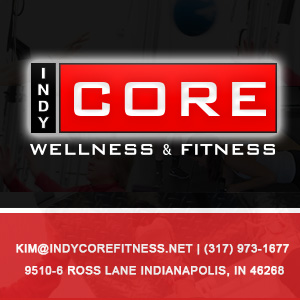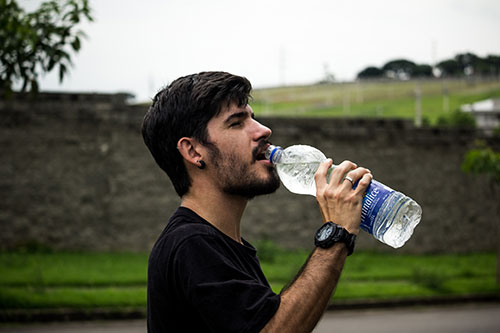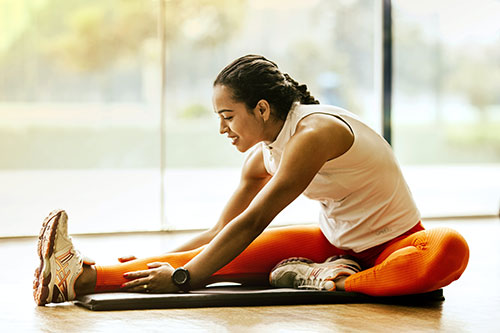
I recently began working with IndyCore Fitness to do some core strengthening. I’m getting old. I’ve been on this rock for 63 years. Up until age 50, I was very fit. Fit enough to run a marathon. Today I would struggle to run around the block. I suffer from chronic sciatica and back pain in the sacral area.
I completed one “starter” session with Kim Rockey and felt some immediate relief. I decided to undergo a six-week regime to see whether core training can make a difference. Because of those immediate results, I am optimistic. I am optimistic despite having spent thousands of dollars on chiropractic, acupuncture, physical therapy, and cortisone shots. I had also tried a painful procedure that involved burning nerves in the sacral area with a laser. I conclude the Dr was a quack. I had resigned myself to accepting a life of chronic pain. I must say that I found a small bit of relief in letting go of the anxiety and simply accepting my situation. I have since discovered life need not be painful, that there are answers.
Over the next six weeks I will be blogging about the work I am doing with IndyCore Fitness. I will write about the exercises and the results in diminishing the pain I have been living with for over ten years.
As with any serious fitness programs, there are things that must first be addressed. IndyCore asked me to complete a health survey. The survey included questions about my recent health, family histories, and medications I am taking. Under certain circumstances, IndyCore will ask that you see your physician before training with them.
Once the paperwork was completed Kim explained some of the problems that can develop as a result of working in a seated position for many years. I was a software engineer for 30 years so I have likely developed many problems. I can distill this down to a simple truth: Deskwork results in our hips shifting into a forward position because of our routine posture. Compounding this problem for me is scar tissue that remains from all that running I used to do. Kim had me lie on my back with a softball placed under the area that was causing pain and roll gently side-to-side. I was amazed at the relief I felt after just a few minutes!
Over the next six weeks, I am writing about the specific exercises Kim teaches me for core strengthening. I will also give an honest assessment of the degree of pain I experience as conditioning progresses. I am looking forward to sharing my progress with you!
Mark






















